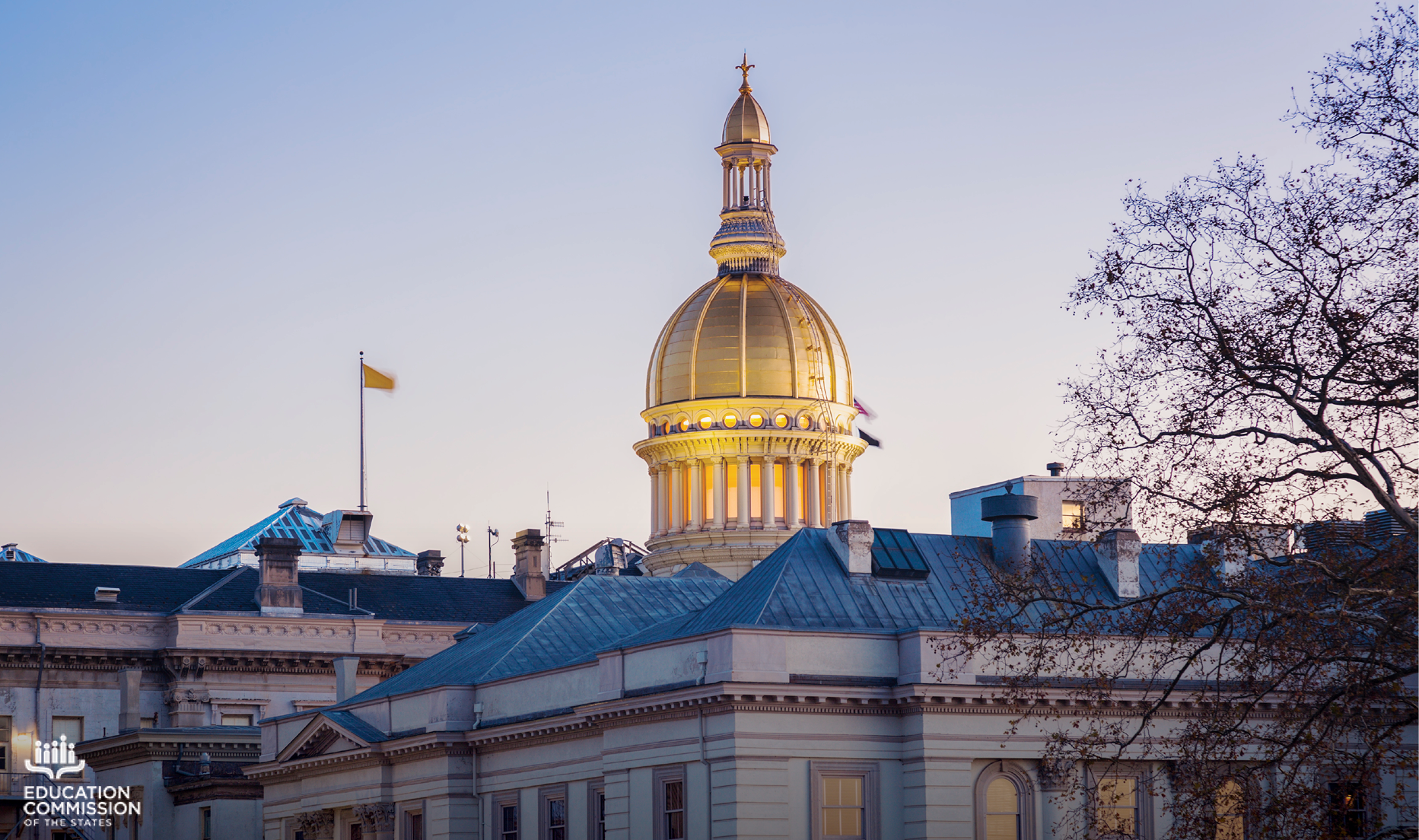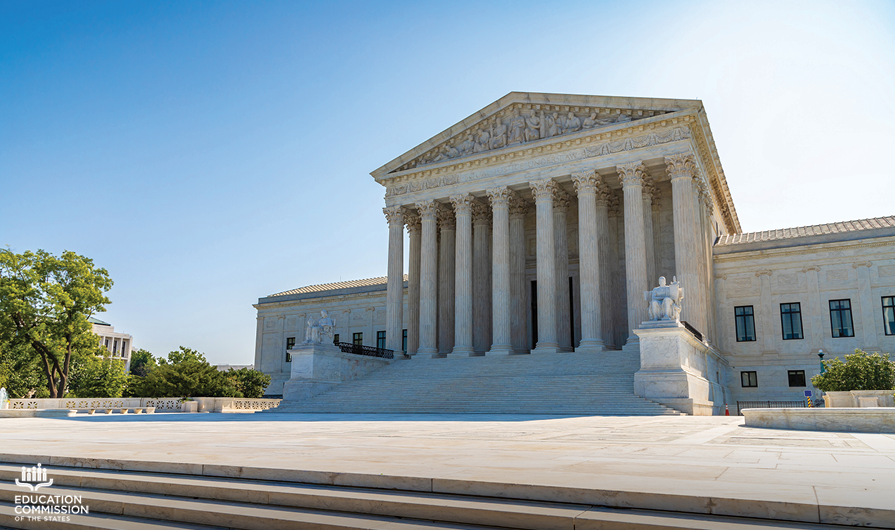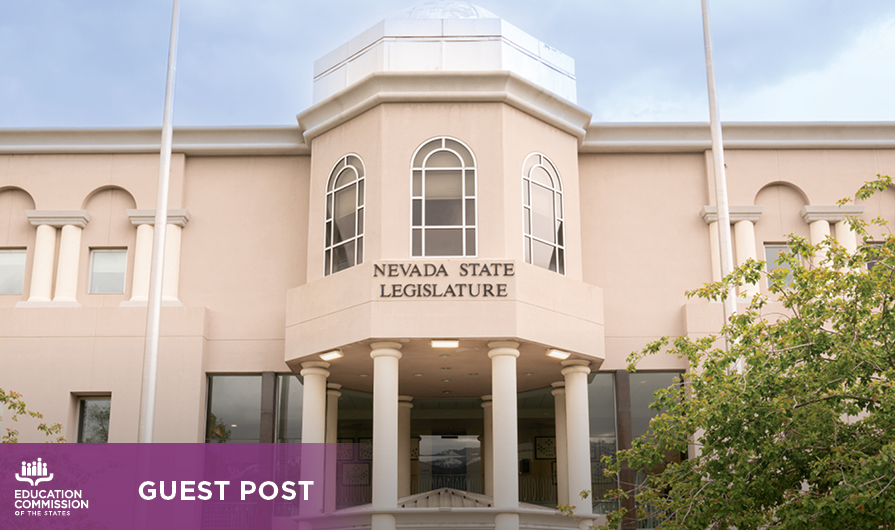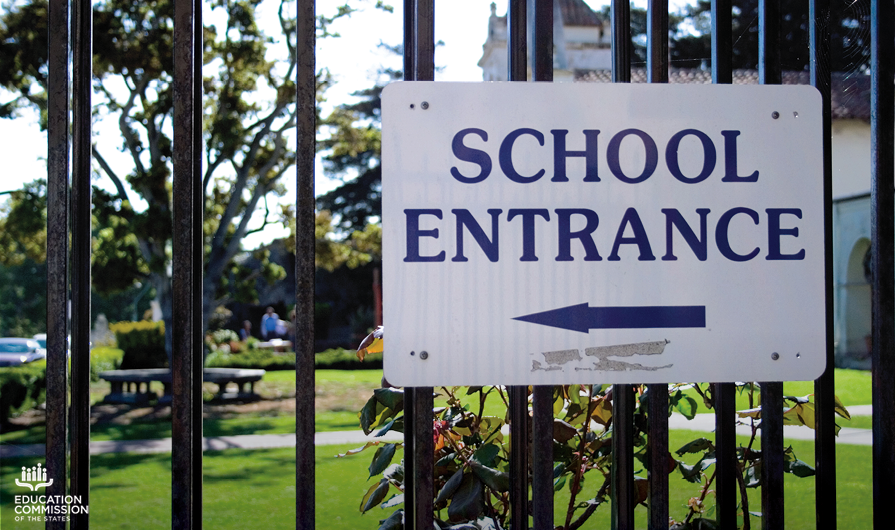As we approach the end of a wild 2021, we’d like to take a moment to look back on the legislative education policy trends we saw this year and look forward to what we might see in 2022.
Over the course of this year, Education Commission of the States staff tracked 9,508 introduced bills in state legislatures throughout the country and summarized all 1,771 bills that were either enacted or vetoed. Please feel free to go explore these summaries yourself with our State Education policy Tracking tool.
Throughout the year, we continued to see responses to the COVID-19 pandemic and concerns about student equity as two underlying themes in education legislation. A large portion of the action was on funding and finance (at both the K-12 and postsecondary levels), teaching and learning recovery policies, and policies addressing student health and wellness. Below, we provide brief overviews of these topics and end with a forecast of what we might expect to see in 2022.
Funding and Finance
In 2021, we tracked 935 introduced and 222 enacted or vetoed bills related to K-12 finance and funding. On the postsecondary side, we tracked 581 introduced and 127 enacted or vetoed bills related to postsecondary affordability and finance. Within many of these bills we saw themes emerge in efforts to improve equity in funding arrangements and modifications to attendance-based funding.
We saw several postsecondary funding and finance bills aimed at adjusting levels of spending, especially in the wake of reduced state and local funds, as well as reduced enrollment levels. Some states sought to increase access to — and the affordability of — postsecondary education through bills targeted at expanding in-state tuition to children of military personnel or by increasing student debt awareness and repayment options.
Teaching and Learning Recovery
Legislatures throughout the country have also been addressing issues relevant to educators and learning recovery for students. Over the past year, we have tracked over 1,250 introduced and over 230 enacted or vetoed bills on these topics. We saw a good deal of legislative activity altering teacher preparation and professional development requirements.
In some states, this has meant tweaking the formats in which training is offered, and other states created new PD opportunities around specific topics like dyslexia or literacy. Many states have also turned attention to legislative activity focused on diversifying the teacher workforce, in recognition of the benefits of a diverse workforce and the current misalignment between the racial and ethnic backgrounds of teachers and students.
Legislative attempts to aid students in catching up due to interrupted instruction have included extending learning time outside of normal school hours, such as after-school or summer instruction, and implementing high-impact tutoring.
Student Health and Wellness
State legislation focused on student health and wellness had already gained increased interest in recent years, but the COVID-19 pandemic caused a new spotlight to shine on this topic. In 2021, we tracked 1,421 introduced and 260 enacted or vetoed bills regarding student health. Trends we saw in this area revolved around providing health services to students and increasing recognition of student mental and behavioral health needs.
We saw many states pass legislation increasing the availability and use of telehealth delivery models, which allows students to meet with health providers virtually. Some states appropriated funding for school-based, health-support personnel to provide additional physical and mental health support services for students in response to COVID-19 through in-person or remote telehealth support. Finally, some states altered attendance policies to allow excused absences for mental or behavioral health reasons.
2022 Trending Topics
Taking a look ahead, we expect the trending topics we identified in 2021 to continue into 2022, as many of the introduced and pre-filed bills that we examined in late 2021 focus on responses to the COVID-19 pandemic, student health and wellness, and education finance.
Legislation in New Jersey (S. 4053) would examine approaches to pandemic recovery more broadly by establishing a Post-Pandemic Education Recovery and Acceleration Task Force. As expected, we’ve seen states approach vaccination requirements in K-12 and postsecondary education, expanding and restricting exemptions or requirements. The Wisconsin Legislature is considering appropriations (S. 2564) that would include an allocation of $100 million to fund capital improvement grants for vocational high schools and public schools operating career and technical education programs. Funding for this — as is the case for much education funding being considered across the states this year — would draw from federal COVID-19 response funding sources.
For these and other emerging trends in the 2022 legislative session, be sure to keep an eye on our State Education Policy Tracking page in the coming months. Additionally, governors’ State of the State addresses are often a good indicator of areas of focus for a given year, so stay tuned for our tracker and brief in early 2022.
We also had a well-attended 2021 Virtual Forum of Education Policy, which gathered together more than 800 policymakers, stakeholders and education policy professionals. If you registered for the event, check out the on-demand sessions, particularly the 2021 Legislative Round-Up from yours truly. We are already looking forward to an in-person National Forum on Education Policy in Washington, D.C., July 13-15, 2022 — bookmark this page to see future updates.















